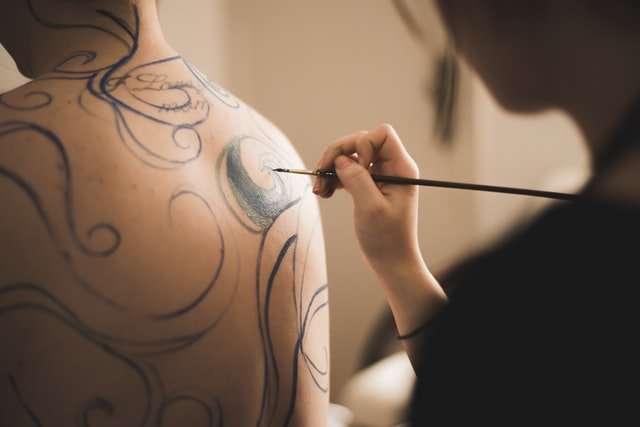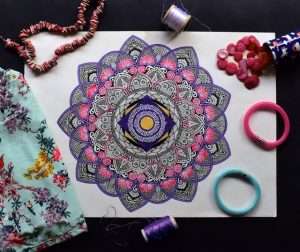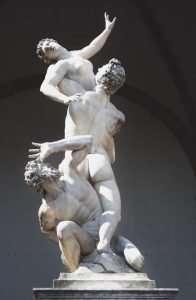The objective of this blog is to share our thoughts and experiences on how technology can improve art. We are a team of digital artists who love to create with new tools, gadgets, software and technology.
The point here isn’t that technology is the be-all and end-all of digital art. It’s not. A computer, tablet or smartphone alone can’t make great art. And a painter or sculptor working without technology isn’t making bad art. The point is that the marriage of art and technology is an exciting one that is just beginning. And it’s fun to explore where it will lead us.
“Technology and art are two sides of the same coin, just like science and art. Technology is the science of art. The more we learn about its innerworkings, the better we can make it. And the better we can make it, the better we can make everything else.”
-Armin Hofmann, Typographer
Technology is a tool that helps us create things that people want to own. We’ve been using technology to create more beautiful experiences for more people since the beginning of human history when we first discovered fire. Technology used in this way has always existed and will always exist because it’s so useful.
What makes technology different today is that we have access to tools and knowledge at a level never before possible, giving us a greater potential to use technology to improve our work than ever before. This blog is about how designers can use technology not only as a tool but also as an inspiration.*”
I have been doing a lot of thinking about art and technology lately. In my line of work, I have seen many tools come and go. The tools have evolved. The public’s taste for what is considered fine art has also changed. This is all part of the natural progression of things.
Taste in art is always changing, and has been for centuries. What was considered good art in the 18th century might not be acceptable in 21st century New York city, but that doesn’t mean that it wasn’t good enough to be considered art at the time. Similarly, just because photography was invented by a man who also happened to be an artist doesn’t mean that photography isn’t a valid medium today or can only be used as a tool by artists.
To consider this issue even deeper I am going to try and explain how technology impacts art through my own work as an artist and designer.
I see a lot of people struggling with the realities of their art. They have talent and creativity. They have the drive to create beautiful things. The trouble is, they don’t know where to start.
They don’t know how to make a living at it. They don’t know how to get noticed so that they can make money from their talent.
They don’t even know how to find inspiration, or how to make themselves work when they have no motivation.
This blog is here to help you learn about technology and art, and how you can use them both together to truly enhance your life as a designer, artist or creative person of any kind.
When I was a student at Pratt Institute, in the 1970s, I was taught to think of art and design as separate disciplines. Art had to do with expression, with emotion and feeling, while design was a kind of applied science that involved problem-solving and practical application.
I don’t think that dichotomy has any validity today. Although there is always some tension between making art and doing design – between aesthetics and function or utility – there is a lot of give-and-take between the two. Worse yet, the idea that technology is always an enemy of art still has currency among artists who have not kept up with developments in computer software and hardware.
The truth is that technology can help you make better art, if you know how to use it. And here is the important point: Whether you are making digital art, printmaking or sculpture, you need to understand how your tools work. You need to understand what they can do – and what they can’t do.
The human eye has a central line that helps it draw straight lines and curves. The brain sees two similar lines, but the brain knows that one is part of a face. This is a fundamental principle of design: to be able to break down complex shapes into simpler forms. In this post I will explain how I take advantage of the same principle in my own artistic creations.
This image has been on my mind for many years and I felt drawn to capture it in paint. However, I wanted to push myself as an artist and see if I could create something that was just as effective as the original photo, but without looking like a copy. This painting has long been one of my favorite pieces because it not only looks great but represents many techniques that I have learned while working on other pieces.
In a world where information is ubiquitous, the power of design to engage, educate and inspire will be paramount. ILLUSTRATION & DESIGN have the power to change people’s perception of the world around us. Great design doesn’t just push pixels around, it creates a mood. It can make things better or worse…
Designers should not only be judged on how well they execute their ideas, but also on how original and engaging their ideas are.*



